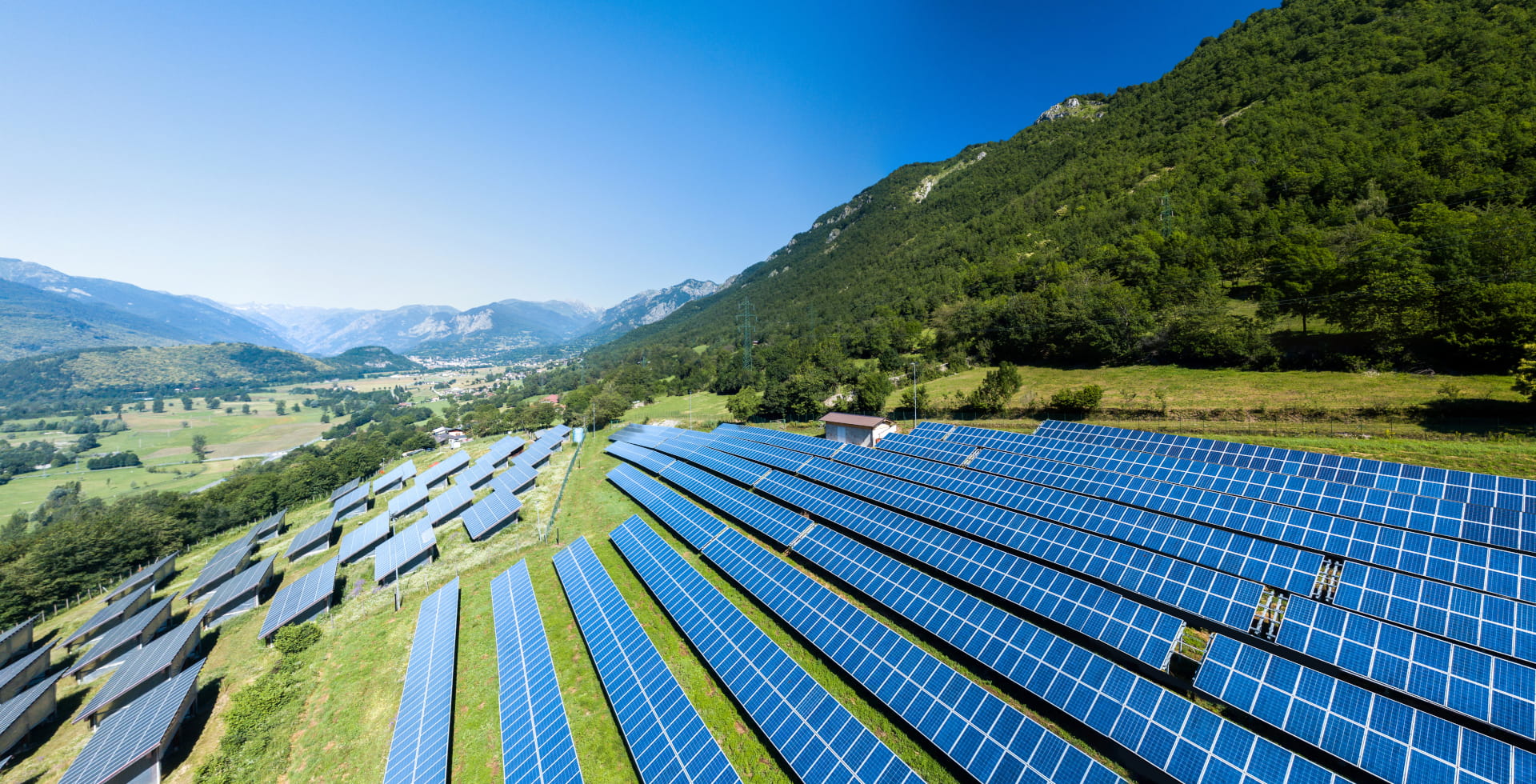China’s Phase 3: a new chapter in its epic story

Summary
To understand current developments in China, it’s important to see how the country is now emphasising not just economic power, but the “soft” power of persuasion and influence. The key for investors is to learn how and where these strategic priorities will translate into opportunities.
Key takeaways
|
Investors everywhere have been unnerved by a flurry of negative news headlines out of China, but these should be seen in a wider context. This year marks the 100th anniversary of the Chinese Communist Party, and China appears to be in a reflective mood. The country is recommitting itself not just to continued economic success, but to focusing on a series of other concerns. These include addressing social concerns about inequality, tackling antitrust issues and curbing challenges to traditional centres of power. Efforts such as these are bound to stir up some volatility. Yet they are all part of a new phase in China’s evolution as the country repositions itself on the global stage. We expect China to continue using its economic power to elbow its way to the top ranks, while also beginning to exercise its “soft” powers of attraction and influence.
So what should investors look for next? We think China will continue to pursue its own path of hybrid development, targeting self-sufficiency while becoming a best-in-class high-tech leader. But China also wants to continue to engage with the rest of the world and maintain the success of its financial markets. And we could see China collaborating with other global powers on common challenges – most notably on climate change – in a way that lets China write a positive new story.
The three phases of China’s transformation
To find out where China is headed, it’s helpful to look back on how far the country has come in a short time – which we separate into three distinct phases:
- Phase 1 began in earnest 20 years ago with China’s membership in the World Trade Organization. Abiding by WTO rules and committing to economic reforms helped China quickly become an essential link in the global supply chain – the “factory of the world”. The result was foreign direct investment that increased from USD 47 billion in 2001 to USD 163 billion in 2020 (source: UNCTAD).
- Phase 2 came when China supplanted Japan as the world’s No. 2 economy in 2010, after the global financial crisis. By overtaking a country famed for its technology, China moved from a manufacturer of cheap goods to a high-tech leader higher up the value chain. Also in Phase 2, China began integrating its financial markets into the global system – for example, with the Stock Connect and Bond Connect programmes that gave foreign investors easier access to Chinese markets. More recently, Chinese equities have been added to some of the most prominent global stock indices. This reflects the growing importance of China to the global markets, but even so, the percentage allocated to China by these benchmarks underplays China’s global influence.
- Phase 3 is the newest part of China’s transformation journey. President Xi Jinping is presiding over an economy set to overtake the US as the world’s biggest economy by 2029. China’s handling of the Covid-19 pandemic provided a big boost, even if overall growth will trend slower than it has in recent years. But this phase is arguably the toughest one for China to get right. China must walk a tightrope as it manages its economic might, focuses on its social-equality “mandate” and hones its soft-power skills. China’s political system, combined with its domestic and global economic stature, will make this a uniquely challenging balancing act – both for itself and the world. Yet China’s success is critical to the world’s stability over the next decade.
The economic and social components of Phase 3
The foundation of Phase 3 is continued economic success. To succeed, China must safeguard its economic prosperity and growth while keeping at bay global geopolitical tensions. China may have hoped that the US sanctions introduced by the previous president, Donald Trump, would be lifted by his successor, but President Joe Biden has proved as tough on China – he’s just less vocal about it. At the core of US-China tensions is an ongoing “digital Darwinism” – a multi-decade global power race based on the integration of technology and artificial intelligence in a world threatened by climate change.
As the US-China relationship deteriorated and sanctions increased, threatening China's place in the world, China’s “dual circulation” strategy became even more significant. This strategy calls for a boost in Chinese consumer spending to help reduce China’s dependence on foreign trade, while promoting its manufacturing capacity worldwide and targeting a systematic reduction of its vulnerabilities.
Interestingly, China might shift its focus from a US-style growth model – powered mostly by services and consumption – to a more balanced model, like Germany’s or Japan’s. In this model, industrial policy is a critical driver of long-term growth. If China can continue building up its high-tech manufacturing capabilities, it would help address some of the country’s most obvious vulnerabilities in a world where trade tensions restrict the ability to transfer technologies from one country or entity to another. It should also help boost innovation to a new level. Focus areas will likely include semiconductors, where China consumes 35% of the global supply yet manufactures only 10%. “National champions” are set to emerge – companies that can support import substitution and drive China’s global competitive advantage. Capabilities that promote national security, data, innovation and technology advancement will be prioritised.
The other component of China’s Phase 3 is a renewed focus on social issues in ways that are entirely consistent with its Communist system. China is doubling down on its efforts to promote growth that is equitable and more sustainable, and to project a positive vision of China globally. It is here where China has been the subject of negative news headlines that added to market volatility:
- China is trying to “reset” its education sector, attempting to reform a culture that places overwhelming pressure on students to perform. Educational costs and stress have been soaring, exacerbating social inequality while failing to produce the types of students that the country needs in future. The Chinese authorities have taken action to redress the balance.
- China is also reviewing the “rules of the game” in the technology sector. This is driven by an understanding of the strategic importance of data in an “internet of things” world powered by artificial intelligence. But this sector’s success has also created new power bases and many billionaires, which could over time challenge the existing “Chinese way” and its traditional centres of power.
A good time for China’s critics to take a deep breath
For all the concern about the market impact of the Chinese authorities’ actions, it is worth noting a few important reminders:
- While many in the West have expressed dismay at China’s recent high-tech clampdown, big tech is in the crosshairs of other governments around the world. Authorities in the US, China and many countries in Europe are addressing the tech sector’s alleged anti-competitive practices and trying to foster an “orderly” development of the “Web 3.0” world. In China, this is considered critical to securing its global influence and domestic order.
- China’s government has fostered the success of its financial markets over many years, and it will be reluctant to kill the “golden goose”.
To worry that the renewed emphasis on social and economic governance will create a weight on growth misses one of the key points: the next phase of China’s emergence on the world stage will be as much about its soft power as its economic power – the two are symbiotic – as the country seeks to build a more sustainable path for itself.
Climate change presents an opportunity for international collaboration
There is perhaps no better opportunity than climate change for China to write a positive new chapter in its history. The recent Intergovernmental Panel on Climate Change report describes a planet on the brink of disaster if no decisive action is taken. China has set out ambitious decarbonisation goals, but achieving them will be no easy task, as emerging economies have typically depended heavily on fossil fuels. But the environmental “Kuznets curve” hypothesis offers some reassurance. This states that as a country’s economy develops, the environment generally worsens until the country reaches a specific average income. But after that point, capital can then be invested back into the environment and the ecosystem can gradually be restored.
As the world’s two biggest emitters of greenhouse gases, the US and China need to work together on solutions. Indeed, China is a necessary partner in the fight against climate change. The April 2021 US-China joint statement bodes well: US climate envoy John Kerry and his Chinese counterpart Xie Zhenhua committed to work together to strengthen implementation of the Paris Agreement. Perhaps this climate emergency will be the global rallying cry that fosters some geopolitical stability and collaboration at a time of momentous global change.
What does this mean for investors?
For investors seeking to understand current developments in China, it’s essential to know where China has come from and how its policy agenda is evolving. This also applies when picking stocks. While bottom-up analysis is essential, an understanding of the broader context (including what drives domestic policy within China’s layered and intricate political framework) is critical in China – perhaps more there than in any other country. This insight enables investors to learn how and where the country’s strategic priorities will translate into opportunities.
It won’t be smooth sailing: China’s capital markets have always been volatile, with large swings both up and down. This is unlikely to change. The US and China will fight it out in a Darwinian race for digital leadership where the combination of large amounts of accessible data and artificial intelligence creates new sources of power. And closer to home, China’s “national champions” will shift over time as China adjusts its social priorities.
We believe active management is essential – both to navigate this environment and to use the inevitable volatility to build positions. For example, we see opportunities in sectors linked to China’s strategic need for self-sufficiency (semiconductors), the industrial upgrade cycle (enhanced use of robotics), and stocks linked to China’s carbon-emissions targets (renewable energy and the electric vehicle supply chain). Using passive instruments to invest in China may not be sufficient, given the need to navigate this market at a deeper level.
But investors who accept that volatility will always be a characteristic of Chinese markets may be able to see China’s long-term vision more clearly: as that of an essential player on the world’s stage.
Active is: Investing for real-world change
Impact investing: the third dimension

Summary
Investors increasingly want to use their capital to achieve an environmental and social impact while generating a return, and impact investing offers a solution to these twin goals. It represents a fast-growing and important asset class that facilitates positive change for the planet while resonating with a growing investor base.
Key takeaways
|







